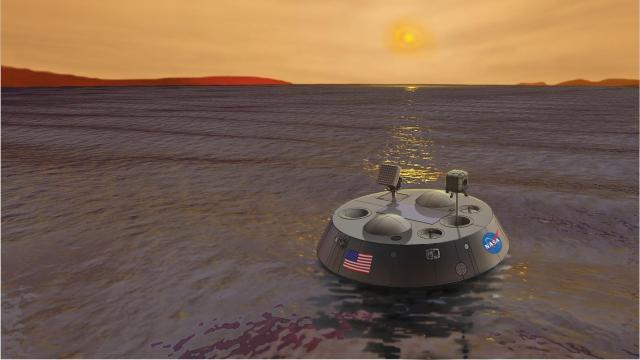It boggles the mind to think of all the wondrous things that NASA has achieved since its inception in 1958, but it’s equally astounding to think about all the projects that could’ve been. Here are seven impressive concepts that died on the vine, whether because of huge cost, technological intractability, or just being too weird, even for NASA.
A low-cost transport system to the Moon
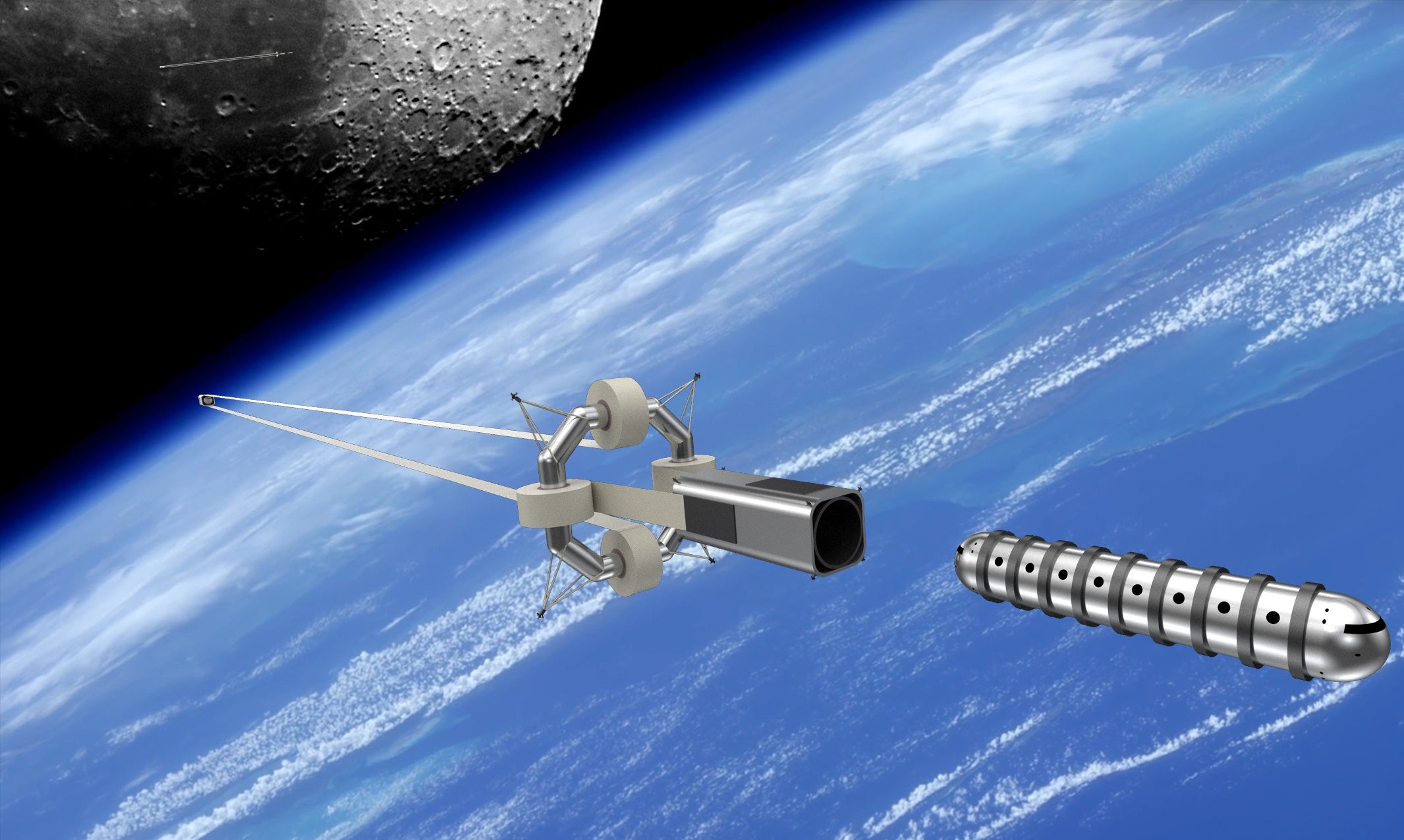
TransAstronautics Corporation recently proposed a plan, dubbed AstraGate, in which a transportation system would be built between Earth and the Moon. Instead of using propellant, the system would involve the transfer of energy and momentum between inbound and outbound vehicles, a feat accomplished with orbiting AstraGate stations. The system is “designed to make it affordable for middle class people to go to and from a lunar research centre just as regular trans-Atlantic steamship travel allowed for rapid settlement and expanded trade between the old world and new,” according to an emailed description of the proposal. The plan was pitched to NASA’s Innovative Advanced Concepts (NIAC) program in both 2018 and 2019, both times making it through to the second round but no further.
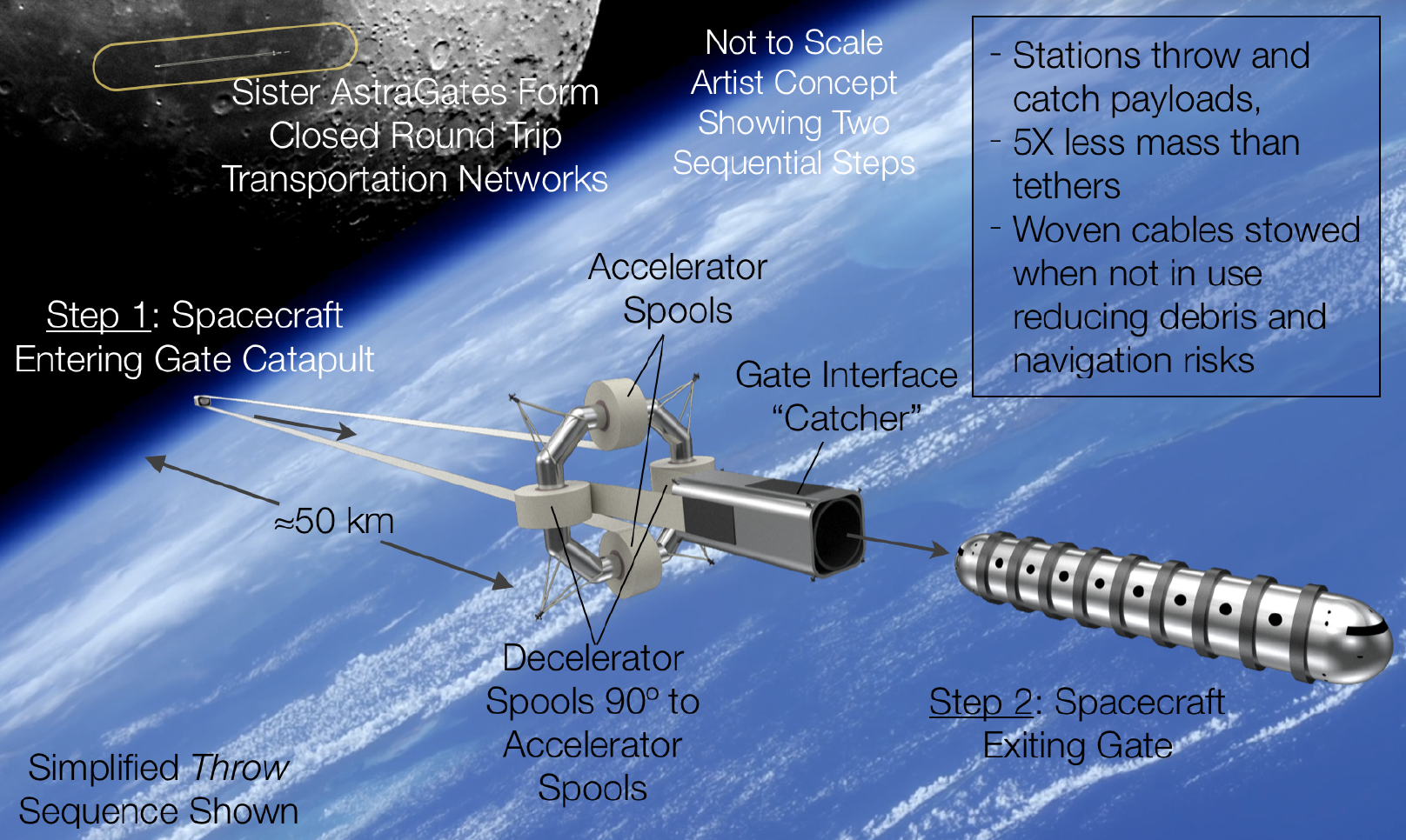
Craig Peterson, a systems engineer at TransAstronautics Corporation, said a combination of factors led to the proposal being rejected; the “sheer scale of the concepts and application of materials was something they did not think could credibly be accomplished,” he wrote to me in an email. To which he added: “We’ve shelved it for the time being.”
The Mobile Geological Laboratory
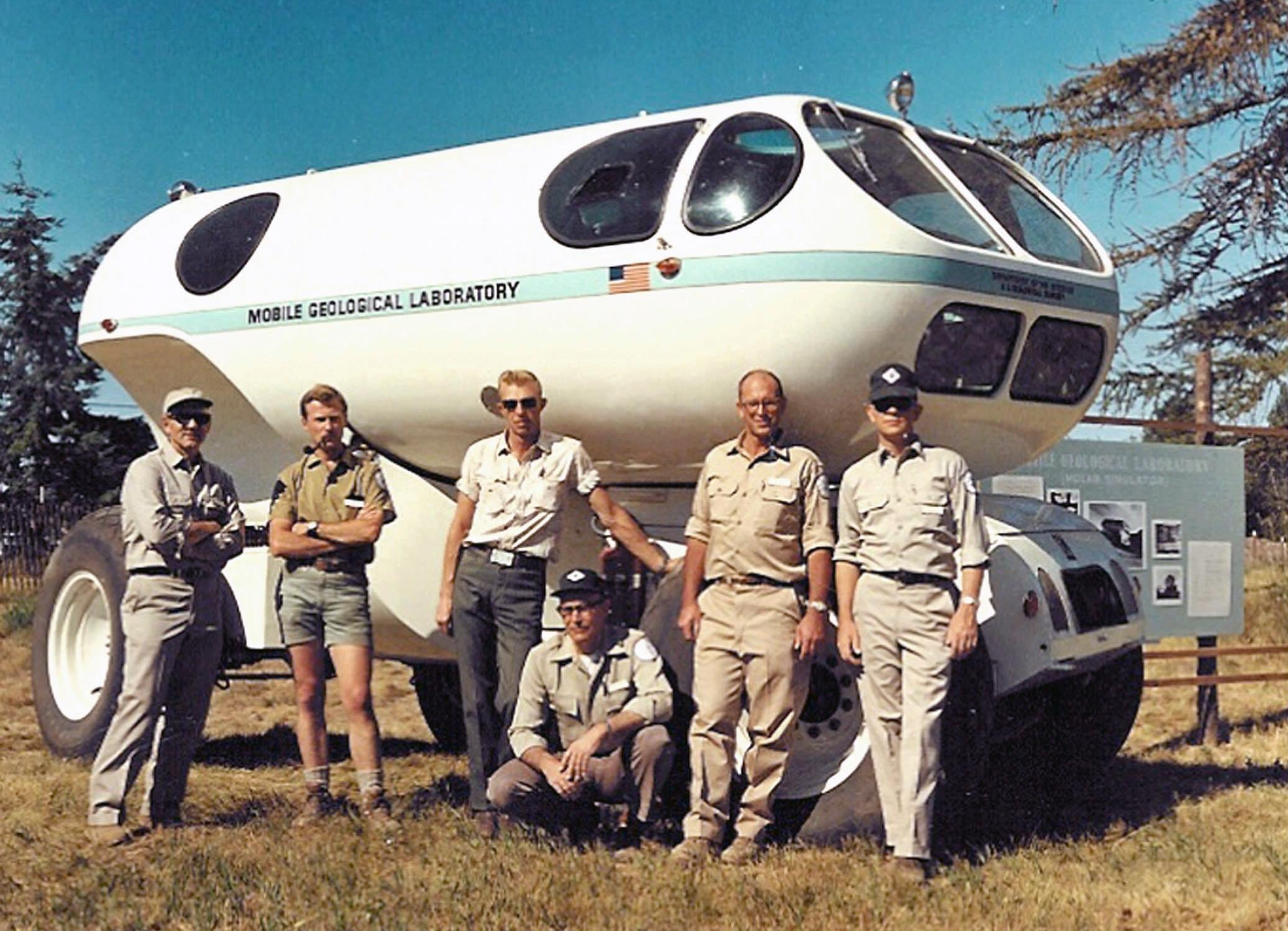
In the early 1960s, as preparations were being made for the upcoming Apollo missions to the Moon, NASA considered various ways that astronauts might be able to explore and investigate the lunar surface. Among these concepts was the ambitious Mobile Laboratory, or MOLAB for short. The large four-wheeled rover, in addition to providing mobility, would offer a temporary habitat for the astronauts while also serving as a science laboratory. A prototype was built and tested in the New Mexico desert, but at 3,719 kg, the GM-built MOLAB was seriously bulky; getting it to the Moon wouldn’t be easy or cheap. The prototype was eventually loaned to the U.S. Geological Survey, which used it to map mineral deposits and take soil samples.
A nuclear rocket

From 1955 to 1973, the United States sought to develop a nuclear rocket for use in long-duration missions. The basic idea was to “use fission to heat liquid-hydrogen and expel it as thrust at rates that would supersede those of chemical rockets,” according to NASA. The original idea was to create atomic aircraft for the U.S. Air Force, but the program shifted to a space-based application, requiring NASA to take over. The program reached its penultimate phase, an effort to build a Nuclear Engine for Rocket Vehicle Application (NERVA). A second-generation NERVA engine was built and tested on the ground, but the program was terminated before any in-flight tests could be conducted.
A space station for the masses
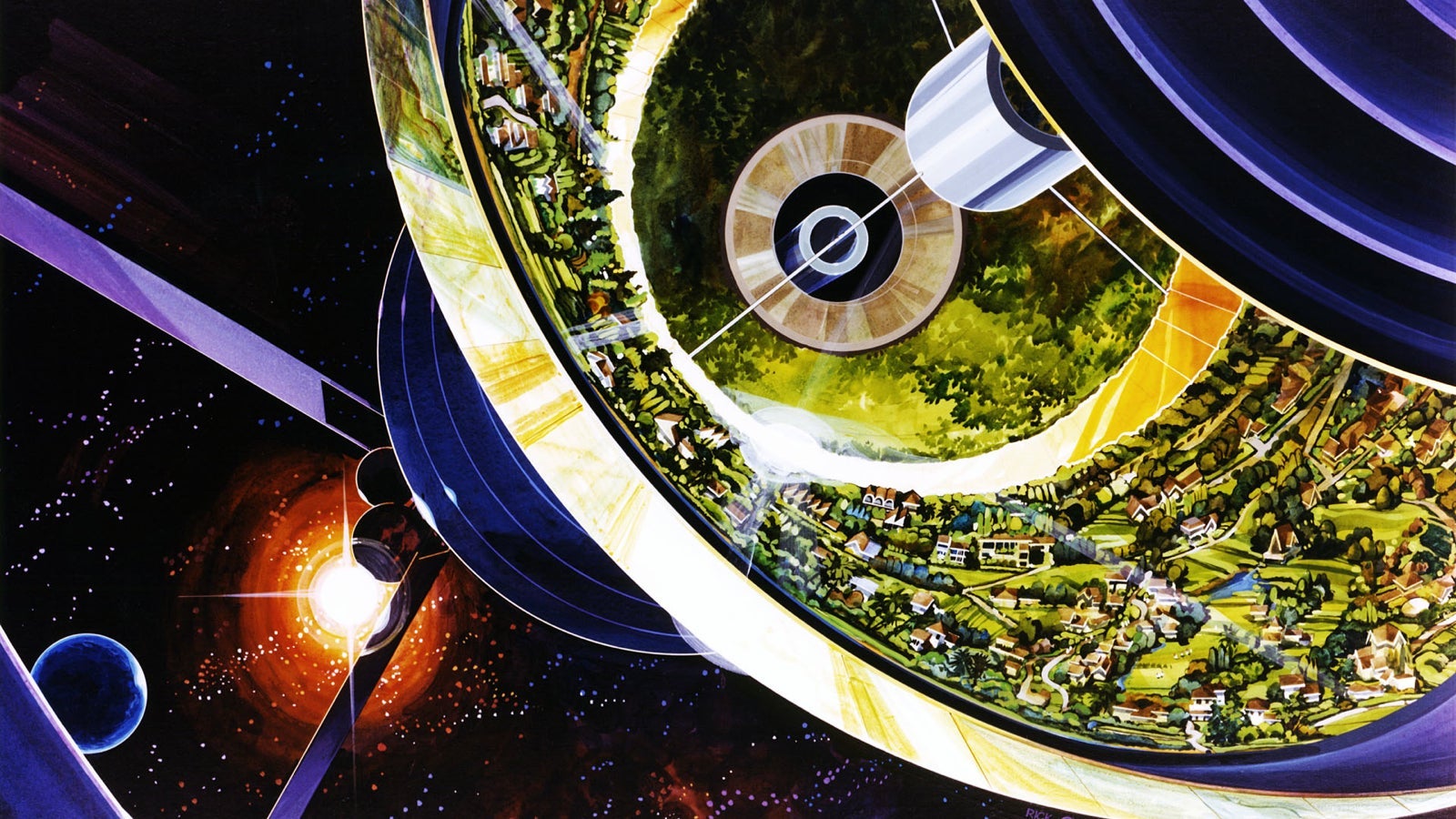
With the success of the Apollo missions, NASA turned its eye to the prospect of offworld colonies. The space agency ran its “summer studies” at NASA Ames in 1975, allowing experts and artists to share their visions of what space-based colonies might look like. The resulting concepts were bold, including space habitats in which 10,000 people would “work, raise families, and live out normal human lives,” according to one of several NASA studies. The wheel-like habitats would simulate gravity, allowing for traditional homes, monorails, trees, grass, bodies of water, and agriculture. There was hope that some habitats might appear as early as the 1990s, but these ideas, though wonderful, were a bit much from a technological perspective.
A trip to the nearest star
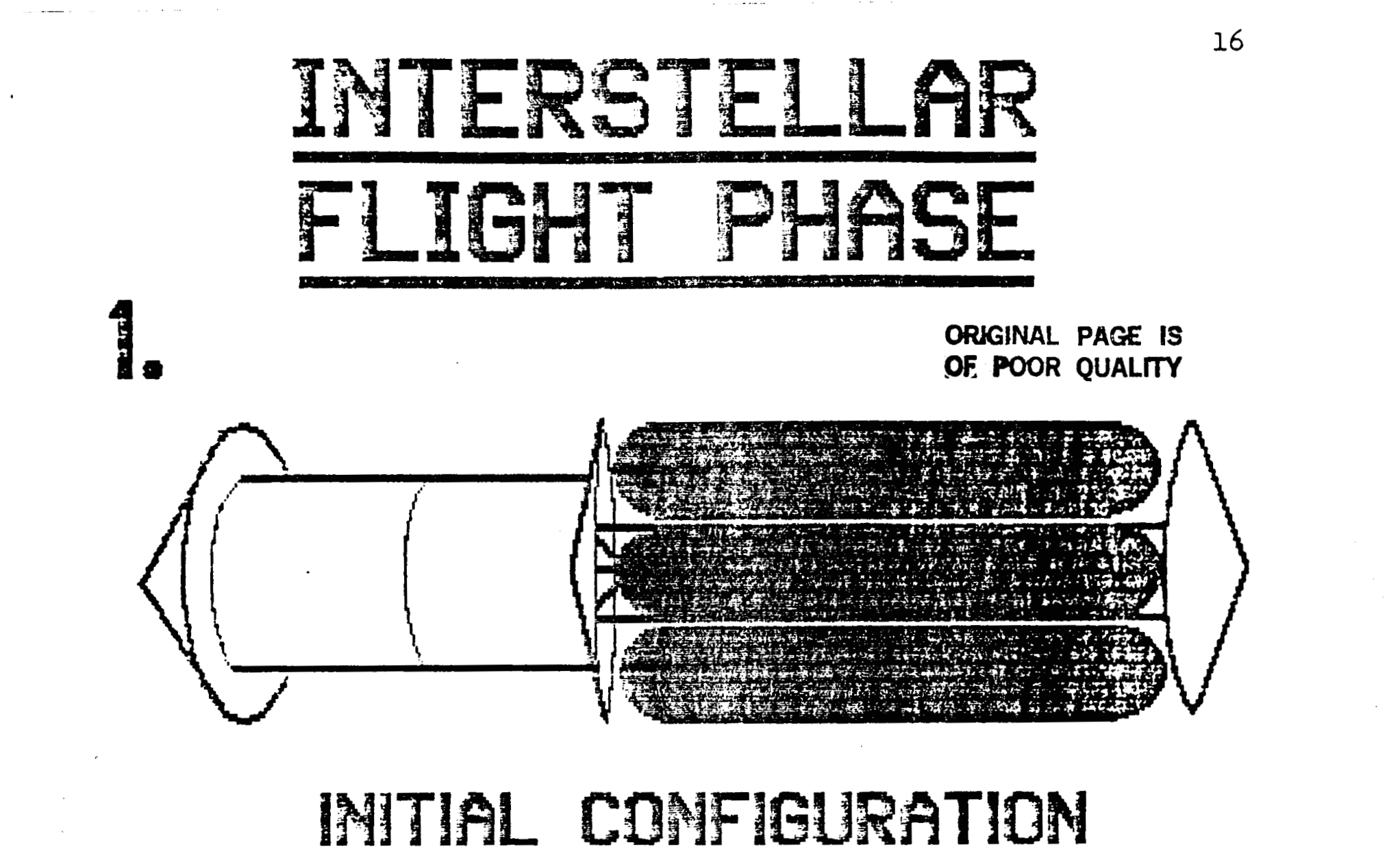
In 1988, NASA, along with the Universities Space Research Association, presented a preliminary design for a probe that would explore Alpha Centauri — a triple star system located 4.37 light-years from Earth. The uncrewed, 399 T probe would take just 100 years to reach the closest star system to our own, but “several technologies must be developed in order for this mission to be possible,” as the authors of the proposal admitted. This included a “pulsed fusion microexplosion drive” and a long-life fusion reactor capable of outputting 300 kW of power. The probe’s reactor would also power its communications system, allowing it to transmit data on the properties of the interstellar medium, unseen features of Alpha Centauri, and more precise astrometric readings pertaining the stars’ position, motion, and luminosity. Unfortunately, Project Longshot, as it was called, was exactly that — a long shot, and the technology needed for the mission remained out of reach.
The Space Shuttle that never was
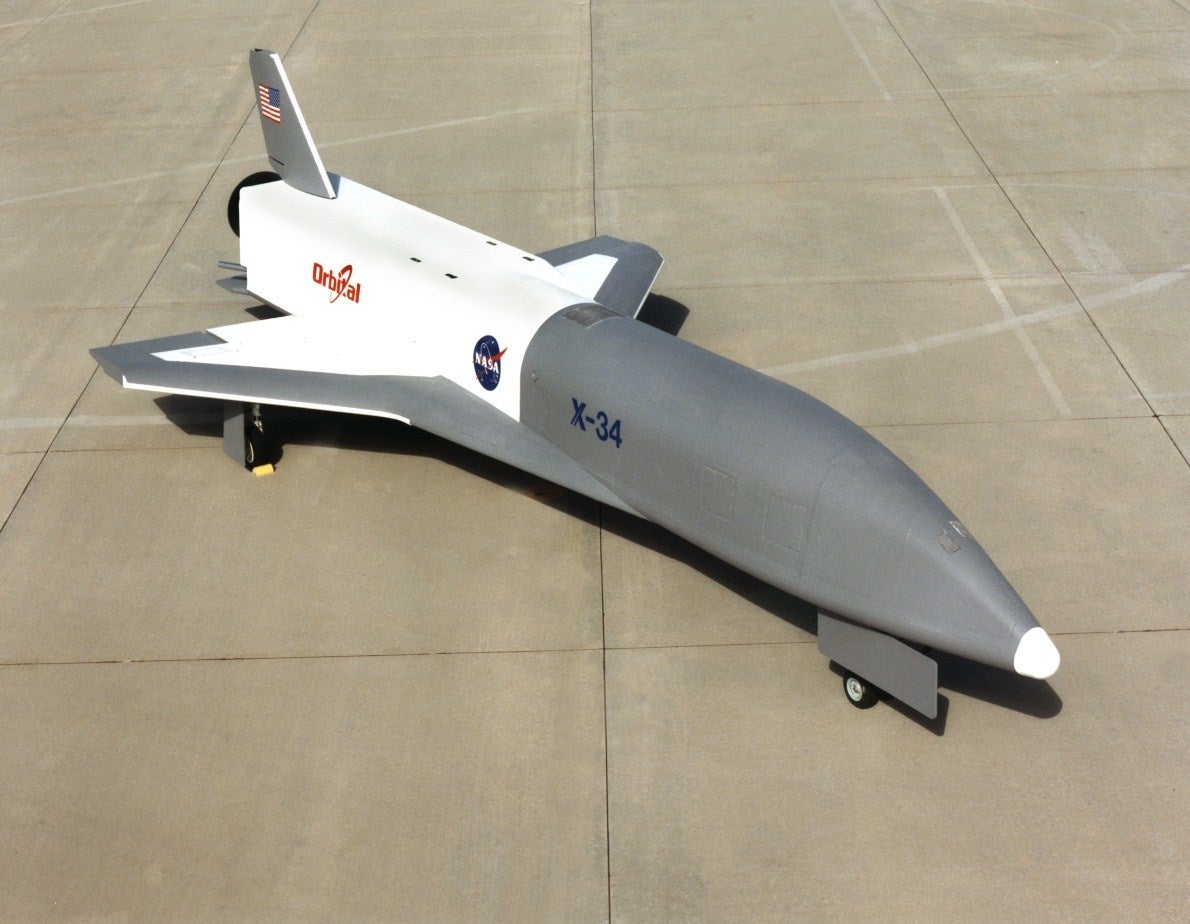
The Space Shuttle was the way of the future — or so it seemed. Eager to take the program to the next level, NASA began to explore updated concepts for a reusable space transportation system, which they did starting in the early 199os. The culmination of these efforts was the Orbital Sciences X-34, a prototype for testing a low-cost reusable vehicle and for running suborbital flight experiments. An X-34 neared completion in 2001, but the program was axed due to budget concerns.
A probe to explore Titan’s oily sea
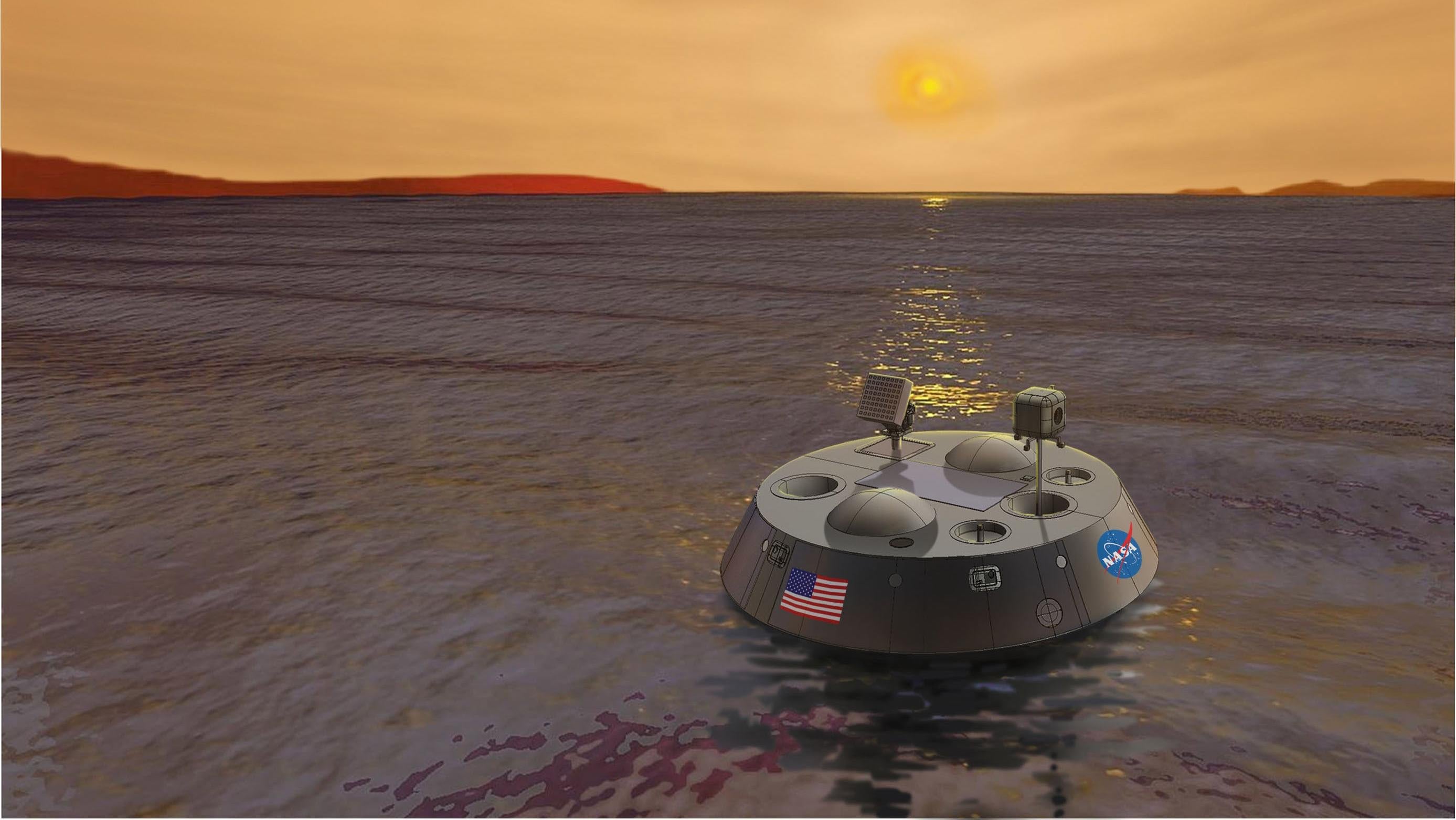
In 2009, Proxemy Research submitted its proposal for the Titan Mare Explorer (TiME) for inclusion in NASA’s Discovery program. The probe would launch toward Saturn in 2016 and reach Titan’s Ligeia Mare in 2023. Floating in the methane-ethane sea, the lander was to spend nearly 100 days performing the “first exploration of an extraterrestrial sea,” according to the proposal. The estimated $US425 ($590) million mission would acquire an improved understanding of Titan’s methane cycle, investigate the moon’s history, and “explore the limits of life,” according to NASA. TiME made it all the way to the final stage of the Discovery selection process, but the project was ultimately rejected. The good news is that NASA did eventually choose a mission to Titan, namely the aerial Dragonfly mission, which is expected to launch in 2027.
